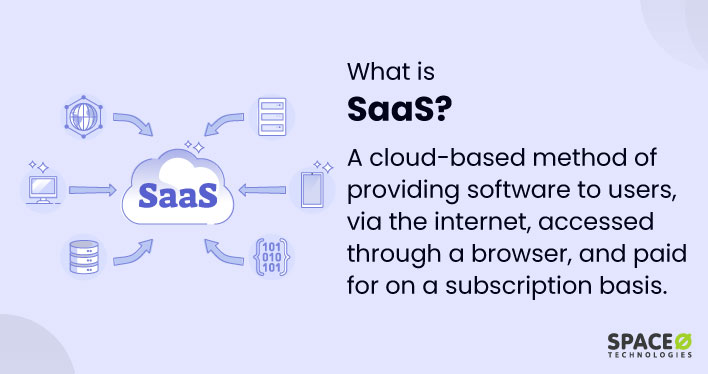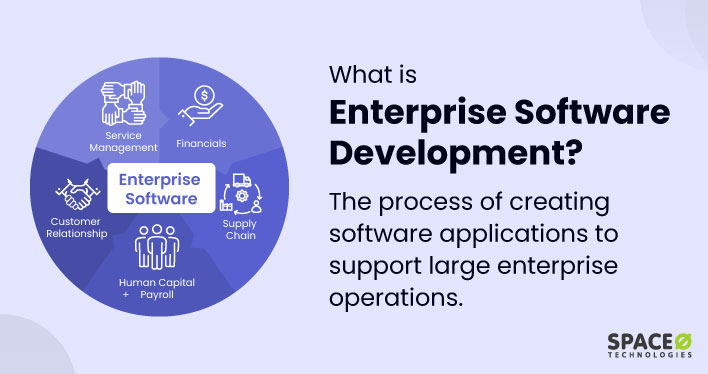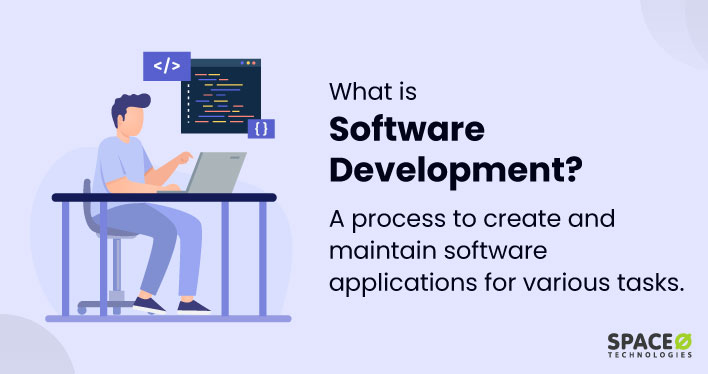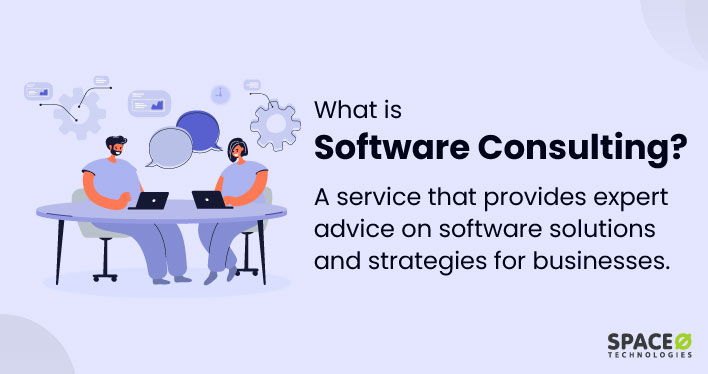Table of Contents
What is SaaS Software?
Software as a Service (SaaS) is a type of cloud computing method in which applications are stored online and made available to users on a subscription basis. SaaS solutions may be used from any web browser without installing software on PCs or servers.
SaaS removes infrastructure, upgrades, and software maintenance, making it scalable and economical for businesses. If you are planning to develop SaaS software and do not know how to begin, you can check out this blog on how to develop a SaaS solution from scratch. This blog will help you understand the steps of building a successful SaaS solution.
Let’s cover a few examples to help you understand SaaS software.
For example,
1. Salesforce
Salesforce is a leading SaaS platform specializing in Customer Relationship Management (CRM).
Core Features:
Lead Management: Enables businesses to effectively capture, track, and manage leads which allows sales teams to prioritize leads and convert prospects into customers.
Automated Marketing: Provides marketing automation tools to create and execute targeted email campaigns for nurturing leads and optimizing customer engagement.
Industries: Sales and marketing, healthcare, CRM, and manufacturing.
2. Slack
Slack is a popular team collaboration SaaS platform that facilitates internal communication.
Core Features:
Channel-Based Messaging: Enable teams to talk about a topic, department or even a project in dedicated areas.
File Sharing and Integration: Provides flawless file sharing and integrates smoothly with a lot of third-party applications to make it possible to share documents, collaborate on projects and automate workflows.
Industries: Technology and startups, finance, education and consulting.
After discussing a few examples of SaaS applications, if you want to explore more examples, you can check out our blog on the top 25 SaaS examples. This blog will provide a curated list of the prominent SaaS applications.
How Does SaaS Work?
Here are the points that help you understand how SaaS works.
- The process starts by developing cloud-ready software applications for multiple users or businesses.
- Next, choose a cloud platform (e.g., AWS, Azure, Google Cloud) for hosting and storing all data on cloud servers.
- Allow users to access the application via web browsers and secure access with login credentials.
- Users then choose subscription plans matching their needs and make recurring payments for service usage.
- Safely store user data in the cloud, ensuring accessibility, and implementing robust security measures.
- Users start using the software for tasks like data management, analytics, and real-time collaboration.
- At last, the SaaS provider takes care of the process by automatically rolling out updates and enhancements.
Apart from SaaS, there are two other cloud service models, Infrastructure as a Service (IaaS) and Platform as a Service (PaaS). Let’s discuss all of these three cloud models.
3 Types of Cloud Service Models
Here are the 3 types of cloud service models.
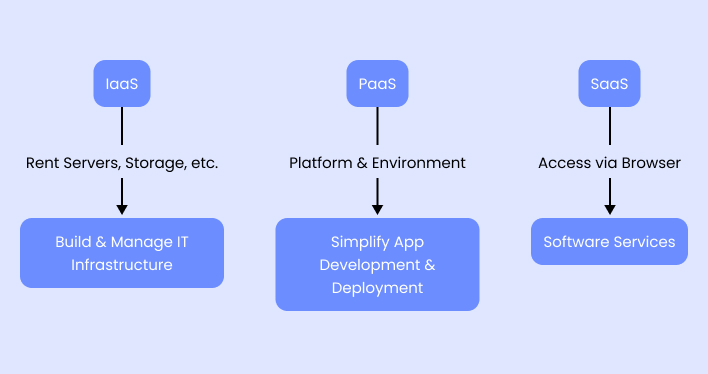
1. IaaS (Infrastructure as a Service)
IaaS provides virtualized computing resources over the internet, allowing users to rent servers, storage, and networking components to build and manage their own IT infrastructure.
2. PaaS (Platform as a Service)
PaaS provides a platform and environment that simplifies application development and deployment by abstracting the underlying infrastructure and provides tools and services for developers to create and manage their own applications.
3. SaaS (Software as a Service)
As discussed, SaaS is a cloud-based service where you can access software via a browser instead of installing it on your device.
Now, you have an overview of all 3 types of cloud service models. If you want to get a more detailed comparison, you can check out this blog on the differences between IaaS vs PaaS vs SaaS. By reading this blog, you will get detailed information about each cloud model.
7 Core Benefits of SaaS Software
Here are the 7 core benefits of SaaS software.
Offers Significant Cost Savings
- SaaS eliminates the need for upfront hardware and software investments, reducing capital expenditure.
- It also minimizes ongoing IT expenses by outsourcing maintenance, updates, and security, resulting in long-term cost efficiency.
Seamlessly Adapts to Your Business’s Growth
- SaaS applications can effortlessly scale up or down to accommodate your business’s changing needs, ensuring flexibility and agility.
- This adaptability is particularly beneficial for businesses experiencing rapid growth, as it eliminates the constraints of traditional on-premises software solutions.
Enables Working Anytime, Anywhere with Ease
- The SaaS model provides remote access to software through a web browser, allowing users to work from any location via the Internet.
- This accessibility fosters collaboration among distributed teams and facilitates productivity while on the go.
Facilitates Effortless Software Management
- Users always have access to the newest features and safer software versions as SaaS companies take care of upkeep, updates, and fixes.
- The burden of maintaining software infrastructure is removed, allowing users to concentrate on their primary duties.
Enhances Efficiency Through Seamless Connections
- SaaS applications often offer integration capabilities through APIs and connectors, streamlining workflows and data sharing between different systems.
- This integration empowers businesses to automate processes, improve productivity, and make better-informed decisions.
Protects Your Data and Ensures Business Continuity
- The SaaS model providers implement robust data security measures, including encryption and access controls, safeguarding sensitive information from threats.
- Additionally, built-in disaster recovery plans and data redundancy measures ensure that critical data is preserved, ensuring business continuity even in adverse circumstances.
Enhances Collaboration Across Borders
- Software as a Service fosters collaboration among teams, partners, and clients across different geographic locations.
- Real-time access to shared documents and collaborative features promotes teamwork, accelerates decision-making, and bridges geographical gaps, making it an ideal SaaS solution for businesses with global operations.
After covering the benefits let’s discuss the challenges of SaaS software.
3 Common Challenges of SaaS Software
Here are 3 challenges with the solution of SaaS software.
Challenges of Data Security and Privacy
While SaaS model providers invest heavily in security, some users may have reservations about storing sensitive data off-site. Compliance with data protection regulations, like GDPR or HIPAA, can be challenging when using SaaS applications, especially for industries with strict privacy requirements.
Solution
Ensure SaaS model providers adhere to industry-standard security practices, perform regular security audits, and offer robust encryption options to protect sensitive data effectively.
Downtime and Disruptions Due to Internet Dependency
SaaS applications rely on a stable Internet for access. Users may face disruptions or reduced productivity during internet outages. Even though SaaS providers typically guarantee high uptime levels, occasional service disruptions can impact business operations.
Solution
Implement backup internet connections and contingency plans to minimize the impact of internet outages and select SaaS providers with a strong track record of reliability.
Struggles with Vendor Lock-In and Data Portability
Transitioning away from a SaaS provider can be complex and costly due to data format differences and integration challenges. SaaS users might feel locked into specific SaaS vendors, making it challenging to migrate to alternative solutions without encountering compatibility issues.
Solution
Prioritize SaaS solutions that offer data export features and maintain data in commonly used formats to facilitate easier migration when needed.
Software as a Service (SaaS) is transforming the way we use software. The subscription approach saves money, scales easily, and provides instant access from any location. This simplifies software, improves collaboration, and increases productivity.
However, possible concerns such as data security, internet reliance, and vendor lock-in must be considered. Individuals and companies may fully harness the advantages of SaaS by identifying these difficulties and adopting solutions, making it an essential component in the current technology setting.
